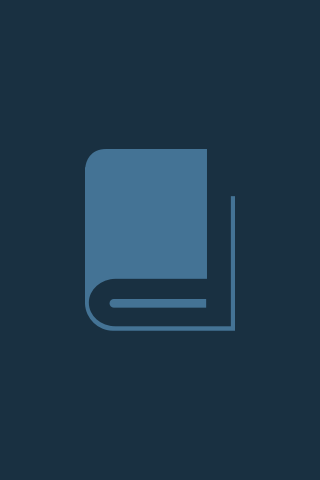- Provides templates of activity matrix tables
- Looks at Objective Functions in detail
- Gives step by step guidance to determining the Optimum Layout with the Adjacent Department Method
Case Study: Job Shop Layout at Jones Medical Laboratories
Adjacent Department Method
Key features at a glance
Ebooks are subject to sales tax in many regions, including all EU countries. Tax will be calculated at the checkout where applicable.
You can read ebooks purchased from our website through the Kogan Page Bookshelf®.
Powered by VitalSource®, it enables anytime, anywhere access, including Read Aloud: simply log in to the desktop app or download the Bookshelf app for iOS or Android and Kindle Fire. To learn more please visit our ebooks page.
About the book
This case study examines facility layout which concerns both manufacturing and service operations. Facility layout decisions consider how work areas and storage areas are arranged to minimise the costs of movement of people, materials, equipment and information between departments. There are several approaches to layout problems (activity matrices, string diagrams, flow diagrams, interrelationship diagrams, relationship charts etc.) but all are concerned with how to reduce costs to a minimum. There are different types of layout which a factory or service provider can use to produce a product or service and the layout chosen will depend upon the volume produced and the variety of products produced. Through worked examples and fully explained solutions, techniques of how to reduce costs by analysing facility layout are demystified.
Aimed at students on operations management courses, the case presents several approaches to layout problems: activity matrices, string diagrams, flow diagrams, interrelationship diagrams, relationship charts). All are concerned with reducing costs to a minimum.
The authors illustrate how facility layout decisions determine the arrangement of work areas and storage areas. This minimises the costs of movement of people, materials, equipment and information between departments.
This case study also provides readers with step by step guidance to determining the optimum layout with the Adjacent Department Method.



